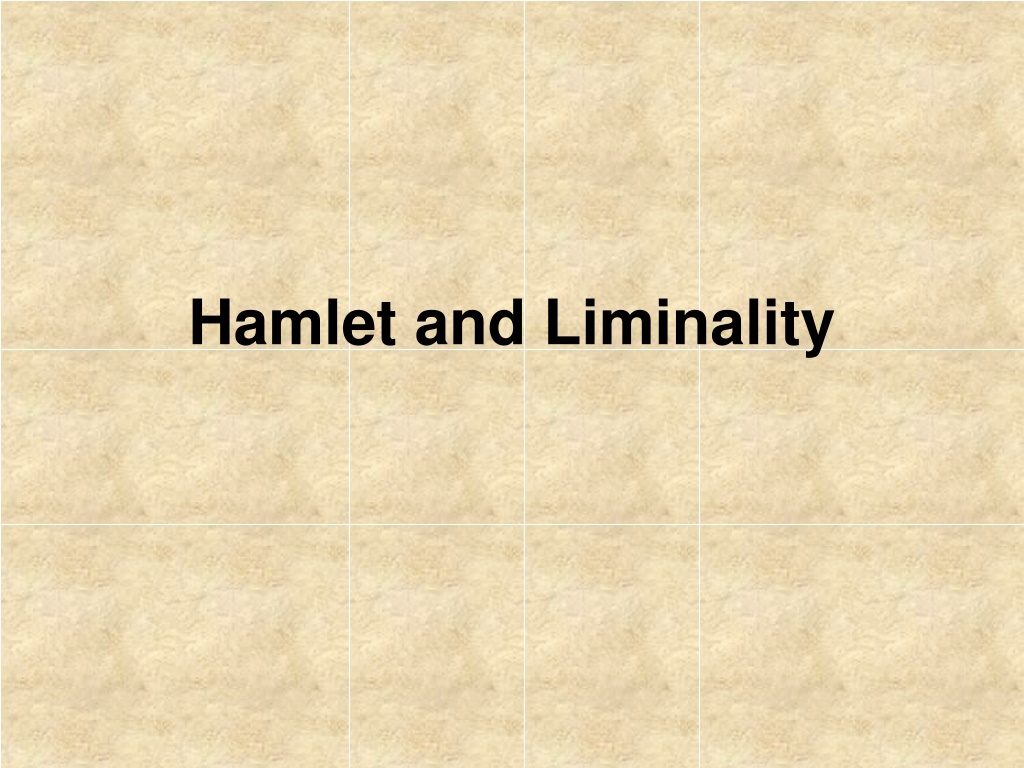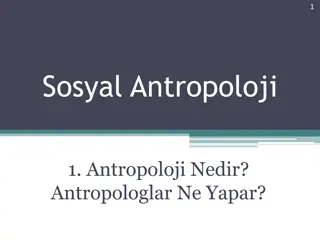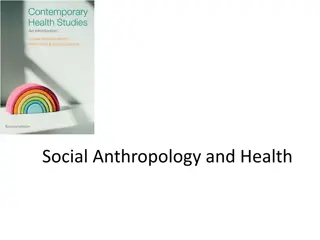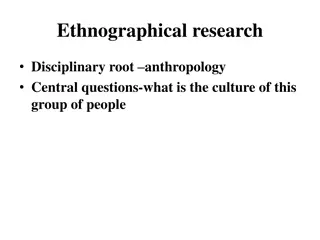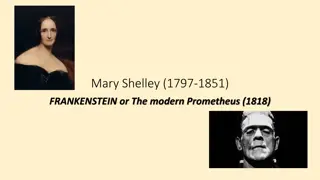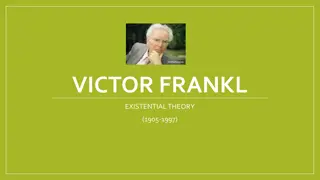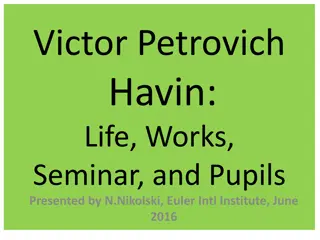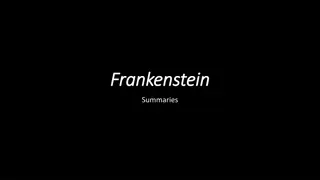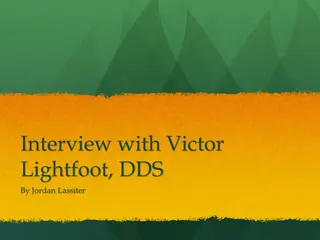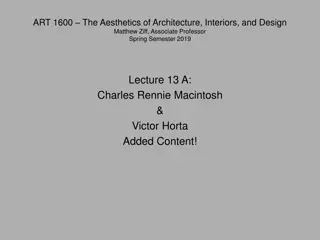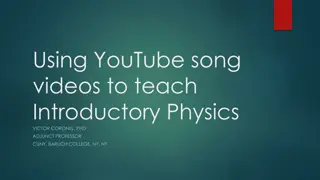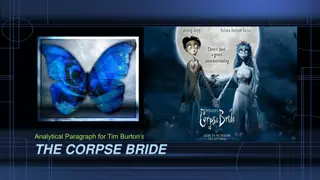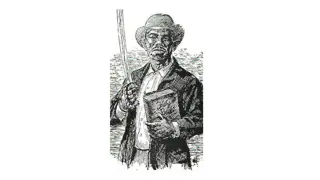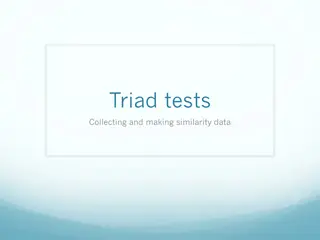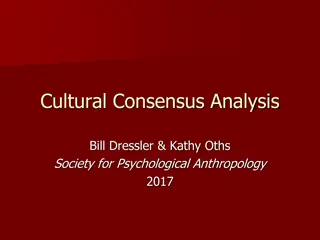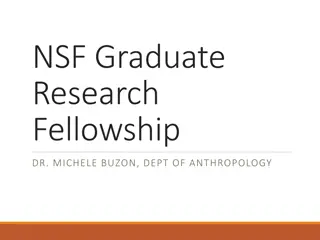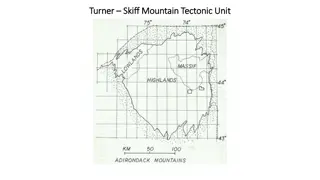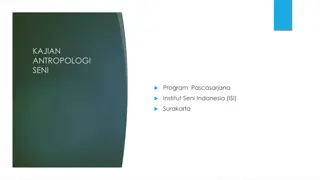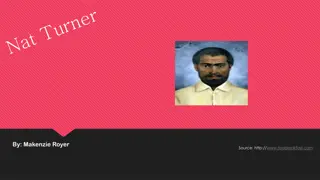Liminality in Anthropology: Insights from Victor Turner
Delve into the concept of liminality as discussed by anthropologist Victor Turner, exploring the phases of separation, liminal period, and reaggregation in rites of passage. Liminality is characterized by ambiguity and transition, where individuals or groups exist betwixt and between established structures, opening up a realm of possibilities.
Download Presentation

Please find below an Image/Link to download the presentation.
The content on the website is provided AS IS for your information and personal use only. It may not be sold, licensed, or shared on other websites without obtaining consent from the author. Download presentation by click this link. If you encounter any issues during the download, it is possible that the publisher has removed the file from their server.
E N D
Presentation Transcript
What does liminality mean? A) Different or unusual B) Better or higher C) Lower or below D) Between or on the margins E) Unchanging or at the end
Liminality Defined according to anthropologist Victor Turner: A term he borrows from Arnold van Gennep's idea of rites de passage, or "transition rites, which accompany every change of state or of social position, or of certain points in age. Three States: 1) separation 2) margin (or limen-the Latin for threshold) real or symbolic thresholds at the middle period of the rites, though cunicular, "being in a tunnel," would better describe the quality of this phase, its hidden nature, its sometimes mysterious darkness. 3) and reaggregation.
Turner (contd) 1) The first phase, separation, comprises symbolic behavior signifying the detachment of the individual or the group from either an earlier fixed point in the social structure or from an established set of social conditions (a "state"). 2) The second phase consists of an intervening liminal period. The state of the ritual subject (the "passenger," or "liminar") becomes ambiguous, neither here nor there, betwixt and between all fixed points of classification; s/he passes through a symbolic domain that has few or none of the attributes of her/his past or coming state. 3) In the third phase, the passage is consummated and the ritual subject, the neophyte or initiand reenters the social structure, often, but not always at a higher status level.
Liminality (Phase 2), according to Turner, is thus characterized as follows: There is an interval or some kind of transition from one state to another A subject ("passenger" or "liminar"), whether an individual or group, makes the transition S/he is in an ambiguous state "betwixt and between" recognizable structures. a state of being outside or set apart from social structures but also a state of possibilities.
An example of a phase of liminality is: A. A bride walking down the aisle at her wedding B. An old man walking down the street to the grocery store C. A graduating senior crossing the stage to receive his/her diploma D. B and C E. A and C
Consider the opening scene: pp. 3-4, 1.1.1-21: What transitions do we find in this opening scene? A. Midnight B. Changing of the guards C. Changing of kings D. A and B E. All of the above
Does the opening scene create a sense of smooth transitions? A) Yes E) No
What is confusing about this scene? A. Francisco is on guard duty, but Barnardo says who's there? B. Future events (preparing for war with Norway) usurp the place of the present. C. The characters speak in a rapid exchange of dialogue and questions. D. There is a looming sense of uncertainty. E. All of the above.
Though here future events (preparing for war with Norway) usurp the place of the present. Here also, and in the rest of play, the past (ghost and its demands) usurps the present.
There is an uncertainty even over the setting of the opening to the play: "A guard platform of the castle"? which castle? and which country? We are at the very margins of the play's space Consider opening scenes from 1948 Olivier Hamlet(6 mins) and 1996 Kenneth Branagh Hamlet (3 mins.)
How do these two films differently portray uncertainty in their openings to Hamlet?
Stuck in Repeated Temporal Interruptions: The ghost's first appearance interrupts Barnardo's narrative: Last night of all When yond same star that's westward from the pole Had made his course t'illume that part of heaven Where now it burns, Marcellus and myself, The bell then beating one Enter Ghost. (1.1.35-39) Interruption both within the narrated event and in the external narration of the event itself.
Political Valence to such extended interruptions in Horatio s words usurping / erupting : Horatio accuses the ghost of "usurping" / the time/state: What art thou that usurp'stthis time of night, Together with that fair and warlike form In which the majesty of buried Denmark Did sometimes march? (1.1.46-49) He then says the ghost's appearance "bodes some strange eruption to the state" (1.1.69)
The past thus in multiple ways extends into present: The crowing cock (p. 9; 1,158-65) evokes the birth of Christ Norway as threat, thought to have been resolved under former King Hamlet, is back (1.1.109-11). Well may it sort that this portentous figure Comes arm d through our watch so like the King That was and is the question of these wars. KingHamlet is back as the ghost of a past, dead king.
So, in the very first scene, we experience that The pasthas usurped the temporal and political present. Time and state are bothbroken and reordered.
Where does the ghost come from? A. Hell B. Heaven C. Darkness D. Purgatory E. The Underworld
The Ghost keeps returning because it is stuck in the "betwixt and between state of Purgatory: I am thy father's spirit, Doomed for a certain term to walk the night, And for the day confined to fast in fires, Till the foul crimes done in my days of nature Are burnt and purged away. (1.5.9-13)
Purgatory as stuck in between
In the larger play world of Hamlet, The time is out of joint (Hamlet, 1.5.188) We are stuck in time, in- between
Continued Eruption/Interruption and Extended Intervals of Time: The ghost's purpose: to disrupt/interrupt the transition between reigns Hamlet also attempts to disrupt and delay the transition to Claudius's reign by persistently mourning for his father (pp. 13-14; 1.2.87-112). Claudius's mistakes contribute to disruption and delay: o Tries to step into the role of father ("think of us / As of a father" 1.2.107-8) o Restores Hamlet to his future role as successor to the throne ( You are the most immediate to our throne, 1.2.108-9) o Marries the wife of the previous king -- inadvertently allowing the previous regime to linger (p. 10; 1.2.1-14)
Claudius does achieve one definitive break with the past: He works by indirect, political manipulation vs direct combat challenge (the method of the former King Hamlet) Like Polonius, giving instructions to his servant to snoop on his son in France: to by indirections find directions out (2.1.66).
Setting Time Right On the positive side, disruption and delay in transitions creates an interval of possibilities for Hamlet But this must occur in a world ruled by Claudius That is, Hamlet must operate within a new world of intrigue in order to correct disjointed time: "The time is out of joint, he says. O curs d spite,/ That ever I was born to set it right!" (1.5.188-89)
A question for consideration: What is the new "reaggregated" state to which the play moves? How are things different in the end versus the beginning?
And, thinking to the historical moment, what might explain all the apparent emphases on transitions in this play? Hamlet within literary history: o Birth of modern psychological realism in drama Hamlet within Shakespeare's literary career: o Written around 1600 (First, "bad " quarto, 1603 - Second, "good" quarto, 1604) o "Early" vs. "Late" Shakespeare? Cusp between the 16th and 17th centuries. o Succession issue a persistent cause of anxiety.
